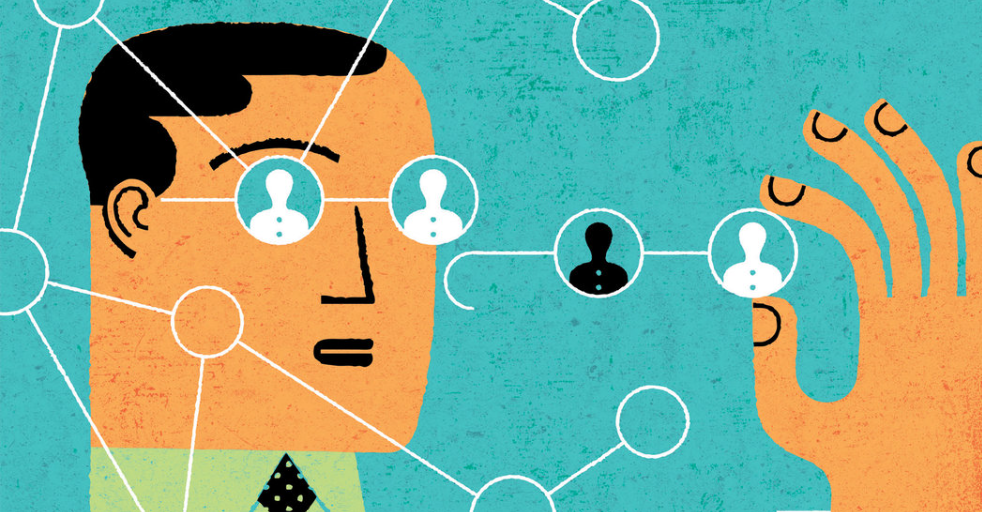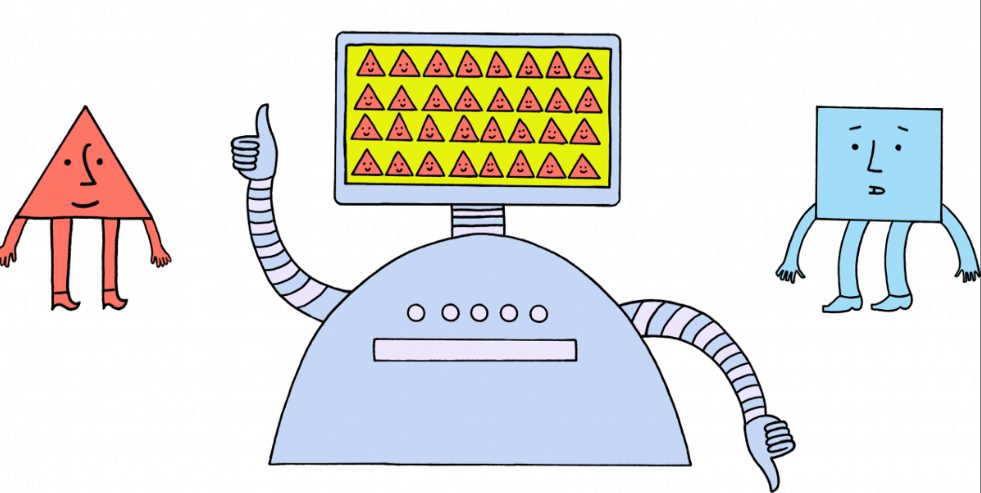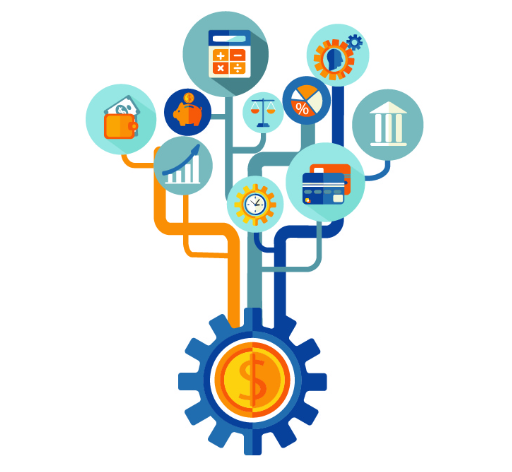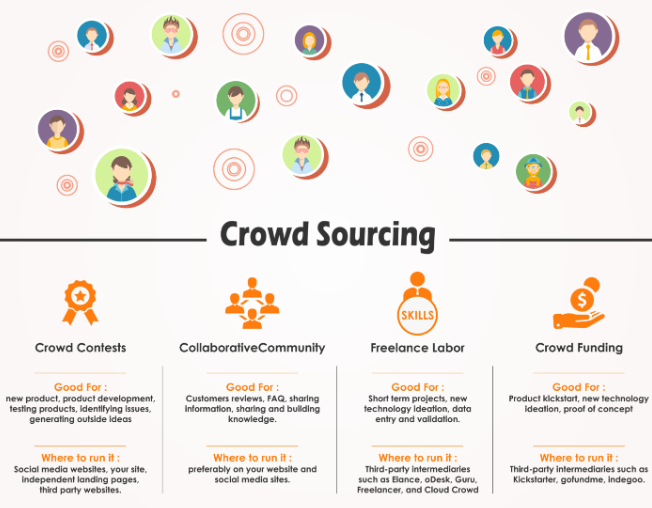ABOUT
This website is an information page that provides some research and analysis to a few topics about computing innovations and the questions and effects that come along with it.
THE DIGITAL DIVIDE
The digital divide refers to the gap between those who have access to digital technologies such as the internet and those who do not. This divide exists between different countries, regions, socioeconomic classes, and even individuals within a community. Here are some contributing factors and ways to reduce it
Contributing Factors
There are several factors that contribute to the growth of the digital divide, including:
Lack Of Infrastructure: One of the most significant factors that contribute to the digital divide is the lack of infrastructure, such as broadband internet access and reliable electricity, especially in rural areas.
Affordability: The cost of digital technologies can be prohibitive for people living in poverty, leading to an affordability gap that limits access to technology.
Education: Lack of digital literacy and technology skills are significant barriers to accessing and utilizing digital technologies effectively.
Social and Cultural Barriers: Certain cultural and social groups may face systemic barriers to accessing and utilizing digital technologies, such as gender, race, and disability.
Geographical Location: People living in remote or rural areas are more likely to face limited access to digital technologies, compared to those living in urban areas with more extensive access to digital infrastructure.
Combatting The Divide
Investment in infrastructure: Governments and private companies can invest in building out digital infrastructure, such as high-speed internet networks, in areas that are currently underserved. Affordability: Governments and private companies can work together to lower the cost of technology and internet access, making it more affordable for low-income households. Education: Governments and organizations can invest in education programs that help people acquire the digital skills they need to effectively use technology and participate in the digital economy. Public access: Governments and organizations can provide public access to digital technologies and the internet, such as in libraries, community centers, and other public spaces.


COMPUTER BIAS
Computer bias occurs when a computer system produces outputs that are systematically unfair or discriminatory towards certain individuals or groups. This can happen for a variety of reasons for example data bias. This occurs when the training data used to develop a machine learning model contains biases and inaccuracies. For example, if a model is trained on data that mostly includes images of light-skinned individuals, it might not perform well on images of individuals with dark skin. It also occurs through an algorithm bias which occurs when the algorithms used in a machine learning model are designed in a way that unfairly favors or disadvantages certain groups. For example, an algorithm that is used to evaluate job applicants might unfairly favor men over women. Along with this computing bias can occur due to human bias which occurs when humans, such as data scientists, introduce biases into a system through the choices they make when collecting data, designing algorithms, or interpreting results. For example only collecting data from a narrow sample size from the field can lead to this bias.


CROWD SOURCING
Crowdsourcing is the process of obtaining work or funding from a large group of people, typically from an online community. This approach is the use of intelligence and skills of the crowd/other to achieve a specific goal. Crowdsourcing can take many forms, including idea generation, content creation, data collection, and funding for projects. One of the key benefits of crowdsourcing is the ability to utilize the diverse and global pool of talent. By casting a wide net and inviting contributions from anyone with an internet connection, organizations can access a range of perspectives and ideas that they may not have been able to generate on their own. This can lead to more creative solutions, innovative ideas, and a broader range of expertise. Meaning organizations,companies,etc. can complete projects and tasks more efficiently than they could with a smaller team. This can be particularly valuable for projects that require a lot of manpower, such as data entry or image tagging. Crowdsourcing can also help to reduce costs, as organizations only pay for the work that is actually completed, rather than having to maintain a full-time staff.


LEGAL AND ETHICAL ISSUES
Computing and computing innovations raise many legal and ethical issues due to their widespread use and impact on society. One of the primary legal issues is related to data privacy and security. With the increasing amount of personal and sensitive data being collected and stored by various computing devices and platforms, there is a significant risk of data breaches and cyber-attacks. These incidents put individuals' personal information at risk and severe consequences as well as businesses and organization's private info. Another major legal issue related to computing is intellectual property (IP) infringement. The rise of digital media and the ease of copying and distributing digital content have made it difficult to protect intellectual property rights. Copyright infringement, piracy, and software theft are some of the common challenges faced by content creators and software developers. The legal implications of IP infringement are severe, and it is crucial to have appropriate legal frameworks to protect intellectual property rights and encourage innovation. Computing innovations also raise ethical concerns such as bias in artificial intelligence (AI) systems. AI algorithms are designed to make decisions based on data inputs. However, if the data used to train these algorithms are biased, the decisions made by these systems can be discriminatory and unfair. This can lead to perpetuating systemic inequalities and discrimination against certain groups of people meaning ethical considerations must be taken into account while designing and implementing AI systems.


SAFE COMPUTING
Safe computing refers to using computer systems and devices in a way that minimizes the risk of harm or damage to the user, the device, and any sensitive data or information stored on it. Safe computing involves a range of best practices and measures that can help prevent security breaches, malware infections, data loss, and other potential problems. Safe computing can be achieved through Using strong and unique passwords to protect access to devices and online accounts. You can practice safe computing also through keeping operating systems, software, and security programs up to date with the latest patches and updates. When safe computing make sure to be avoiding suspicious emails, links, and downloads that could contain malware or other harmful software. As well as this using anti-virus and anti-malware software to detect and remove potential threats. Some more ways to safely compute : Being cautious when sharing personal or sensitive information online, especially on social media or public forums. Avoiding using possibly unsafe public Wi-Fi networks, and being careful with transactions with online banking or shopping. Using strong encryption and secure connection protocols when accessing sensitive data or services online. Safe computing requires a combination of technical knowledge and common sense to keep devices and data secure and protected from potential threats. in today's interconnected world, a single security breach can have widespread implications and affect multiple individuals and organizations. It is essential to prioritize safe computing to ensure the safety and security of both personal and business information.

